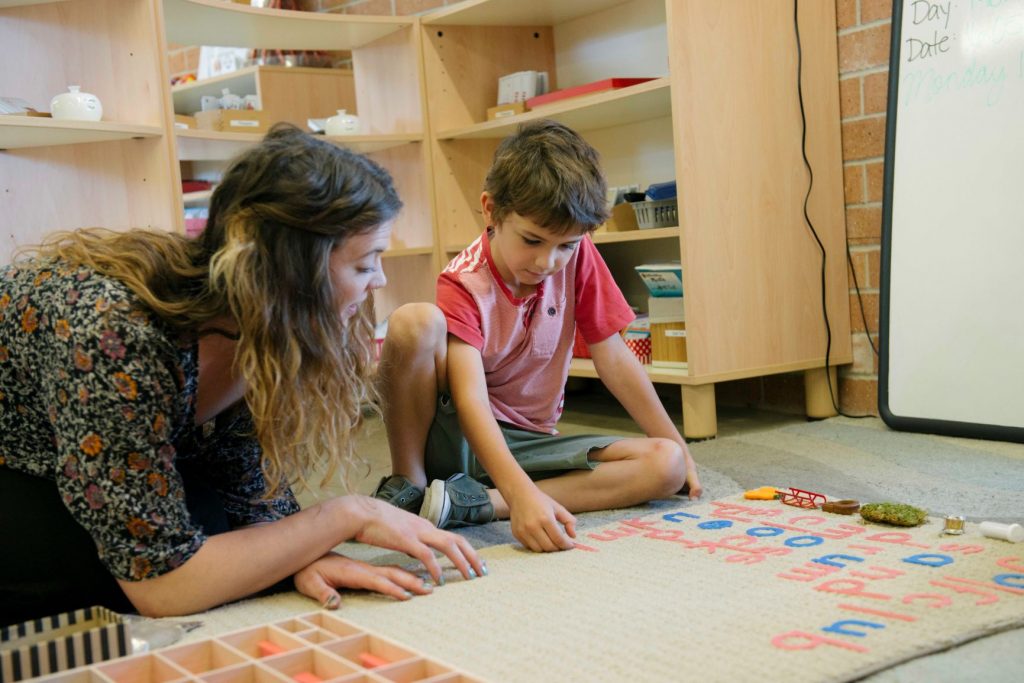Do you remember being at school and your teacher sat way down the front of the room? And everyone sat facing the front and was expected to do the same thing at the same time – all within a 40 minute lesson window?
It was a big ask for those teachers.
So many varying interests and abilities. So many different ways of learning in that room – yet the children were treated like they were all the same – just because they were the same age.
Among the two key variables: comprehension of the concept being learnt and the time in which to learn it – something usually has to give.
The time of the lesson is fixed – so – invariably it’s the mastery of the material that remains variable. Once the bell goes, that lesson is over – whether the child has mastered that lesson or not. And there will be a new lesson tomorrow – probably one that builds on the knowledge ‘mastered’ today.
It can become a wobbly house of cards.
Multiplication is tough if you don’t understand addition. Algebra will be almost impossible if you haven’t mastered multiplication.
At MIC our approach is entirely different, in many ways.
Firstly, we teach to mastery. However long it takes, we know there is no point teaching the next lesson in the sequence if the child hasn’t mastered the foundation lesson yet. The variable is time – not the understanding of the material.
Time.
And repetition.
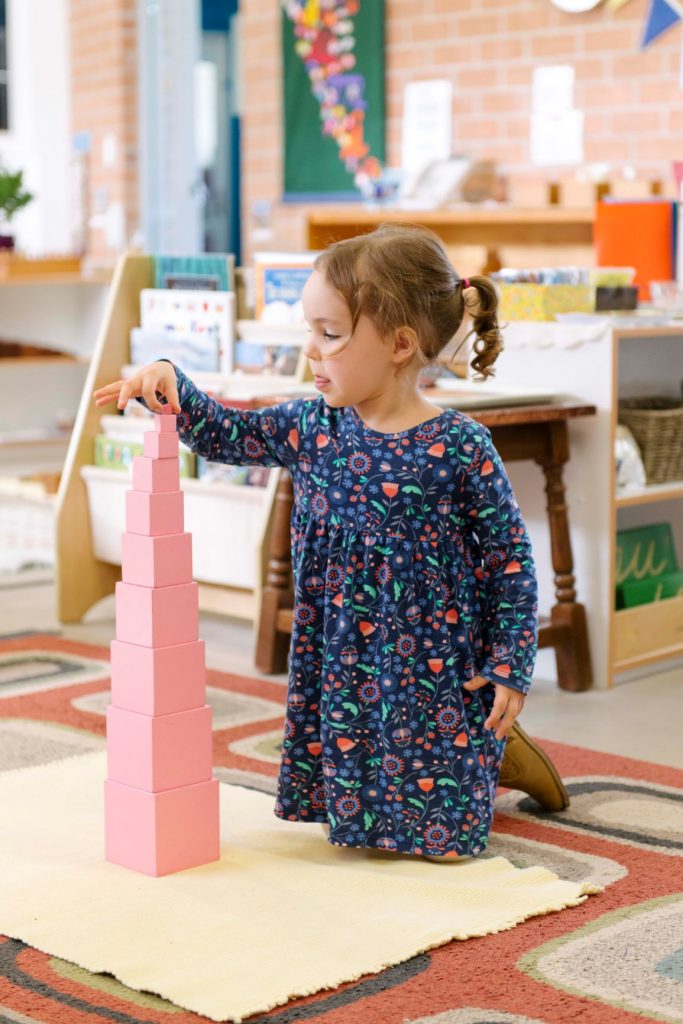
What one child may pick up in five minutes, another child may need five hours. Or five days. And while one child may not need to revisit that concept, another may need to do it multiple times before they’ve truly mastered it.
At MIC, the child determines how long they want to spend on an activity – and if they want to pick it up and do it again. They know when they’ve got it and are ready to move on – and through observation the Guide knows this as well. It’s not dependent on what the rest of the class is doing. And it’s not dependent on the size of the class either – in fact, often a larger class is beneficial.
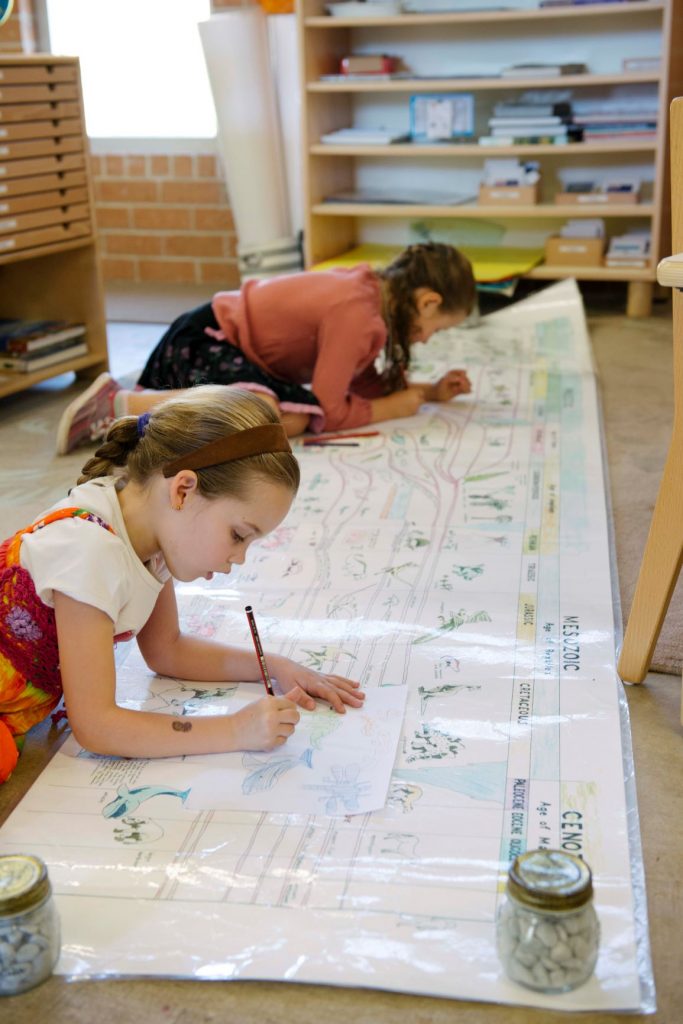
It does sound counter-intuitive. Don’t we always hear that small class sizes are best?
Sure. If you’re that teacher at the front of the class trying to teach every child the same thing at the same time, the less students the better. That teacher isn’t just transmitting information either – she’s checking and correcting student’s work, mediating conflicts, keeping them all engaged and listening and providing continual external motivation (through rewards and punishments), all at the same time. Those traffic light behaviour posters and gold star charts don’t make themselves!
But in a Montessori classroom the opposite is true. With children engaged in individual, or small group, learning – often with children teaching each other – a larger cohort means a larger group of children to work with, and learn from.
Learning is child-initiated and independent and students are intrinsically motivated to learn because not only is their classroom a carefully prepared environment, they are also presented with the exact right material at the exact right time for that individual child.
The materials teach the child with the adult in the room as the Guide. Once a child has a lesson in a material, he is then free to use it again if and when he chooses to.
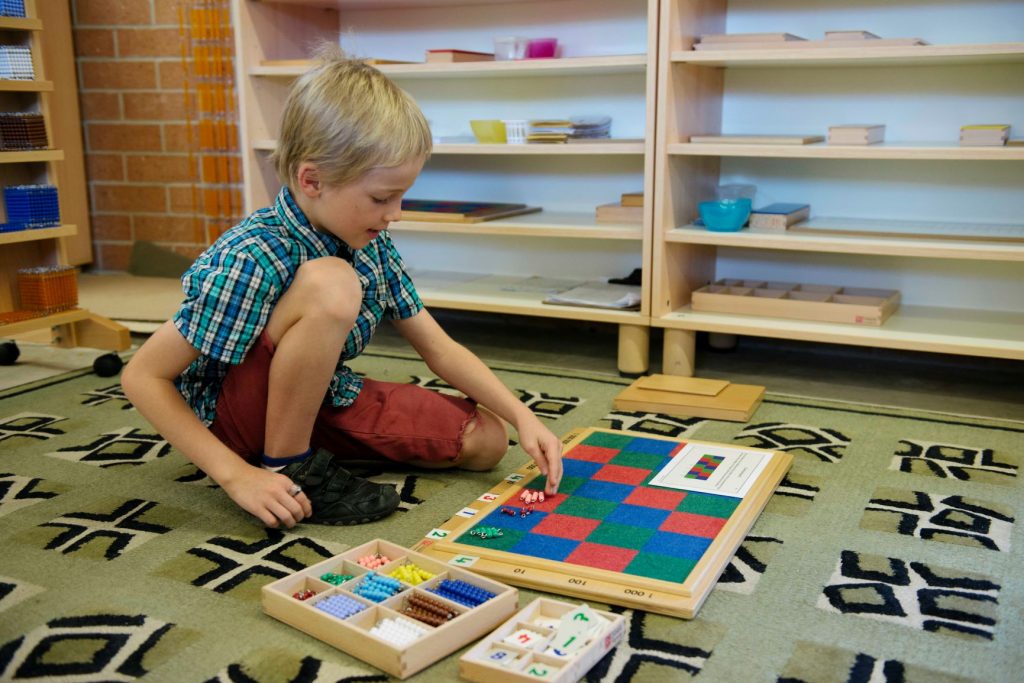
With children learning independently, and from each other, it’s an advantage to have more children in the room. Teachers are busy giving small group or individual lessons, so children know they are best to try to work it out for themselves or ask another child. They’re not dependent on being ‘taught’ by the teacher.
It’s why peers are so important. Older children mentor younger children and a large variation in interests and abilities mean there’s often someone to learn from, or teach.
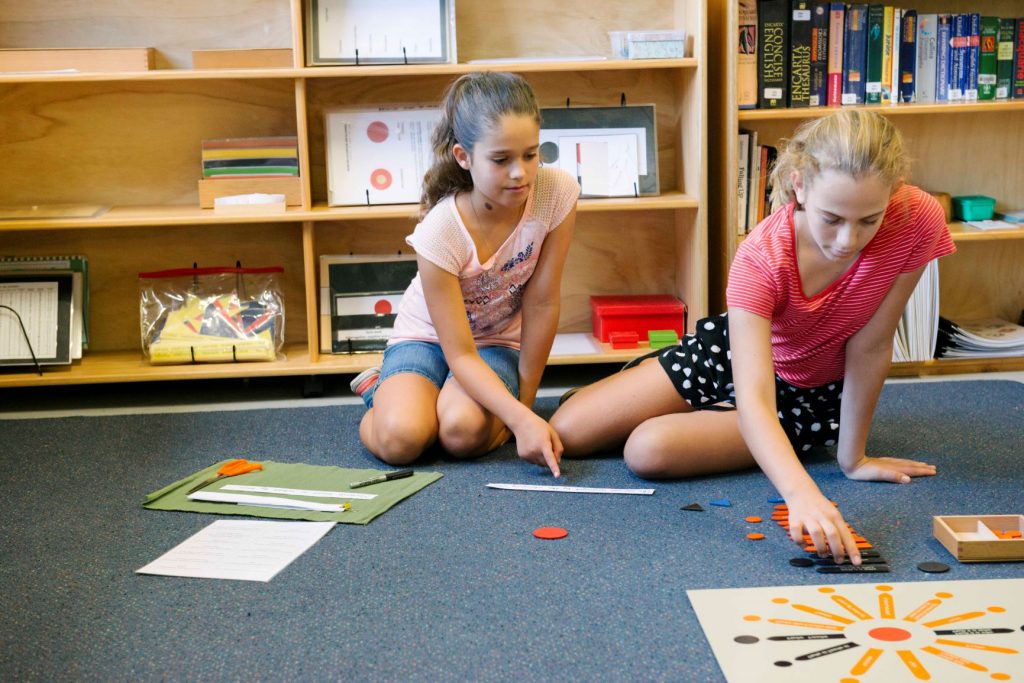
Montessori Guides are trained to observe, to stand back and let children discover their own path as much as possible – and children learn to think for themselves, to problem solve and to ask for help from another child if they need it.
All of those outcomes are more likely in a larger classroom.
This is what Dr Montessori had to say about class sizes:
“We consider that in its best condition, the class should have between 28-35 children, but there may be even more in number.”
Dr Maria Montessori
As class sizes increase at MIC, we introduce another adult. All of our Early Years, Junior Primary and Senior Primary classes have at least two adults – and sometimes more with a number of specialist teachers providing specialist lessons such as Mandarin, music and sport. And in Senior Primary we also have a Science and Environment Specialist as well as teachers from our high school who provide STEM lessons as well as lessons in horticulture, permaculture and arboriculture as students assist in maintaining our grounds and our Senior Primary Kitchen Garden starts to take shape.
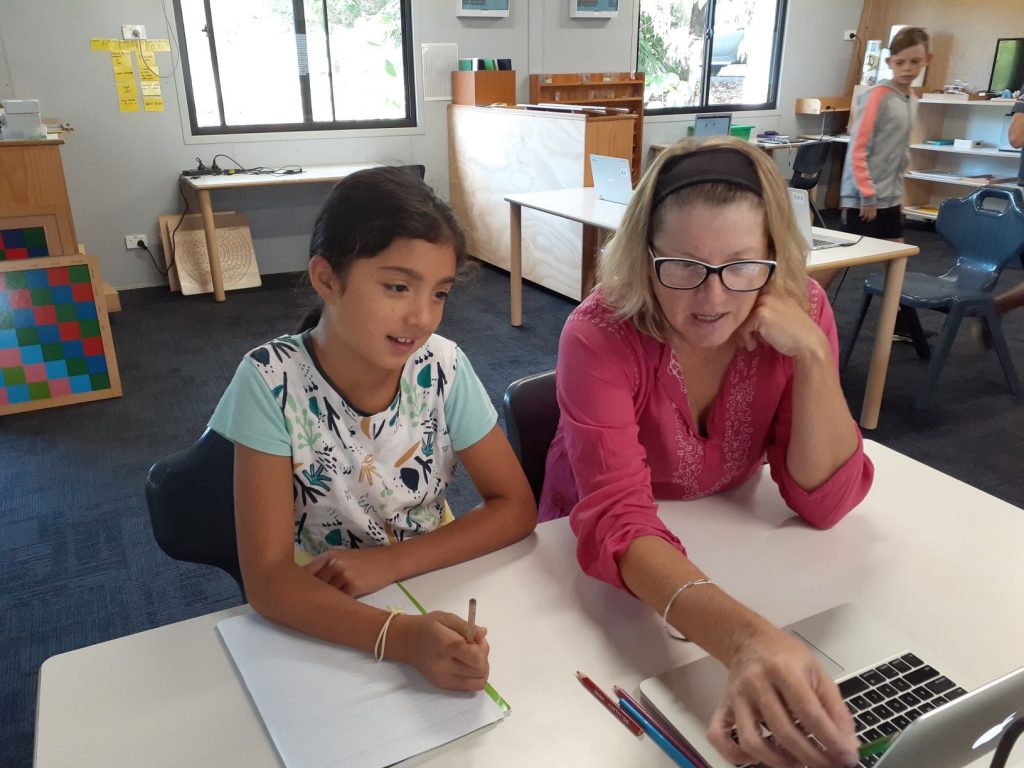
So, it’s with ‘serve the child’ as our guiding principle that we have quite large class sizes at MIC – in Senior Primary in particular, where we average around 35 students per class. We know the most effective classrooms are not necessarily those with small numbers, but those that have qualified, passionate teachers and teaching and learning strategies that really work and best serve the children in the room.
And we certainly have that.
To find out more about our Senior Primary environments, enrolling at MIC or the Montessori philosophy, visit the Enrolments or About Montessori sections of the MIC website.
